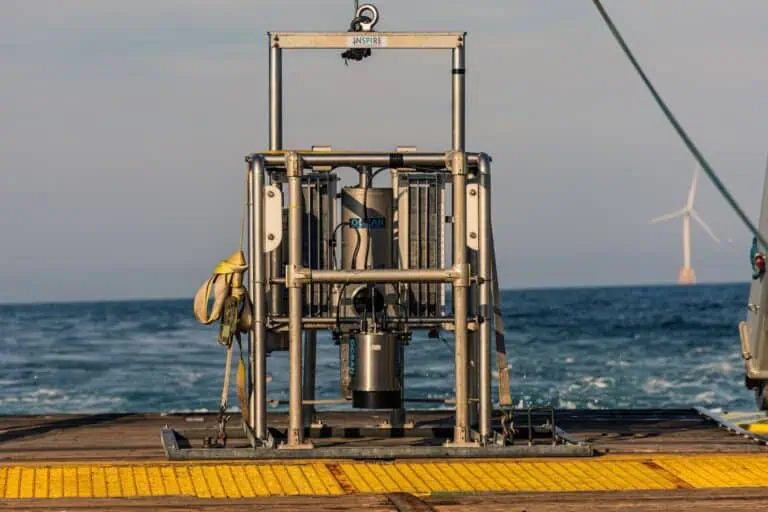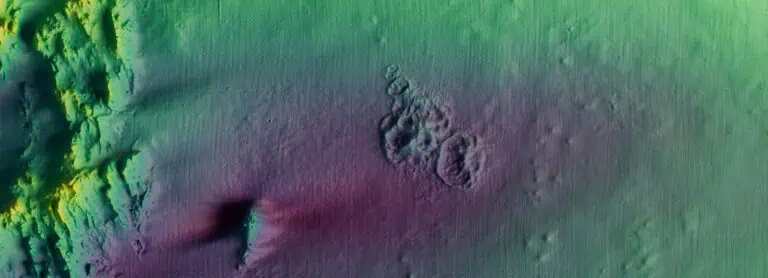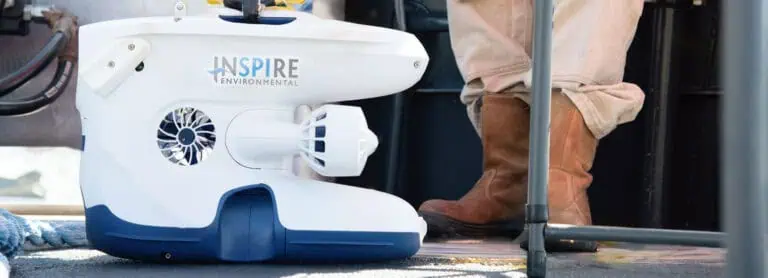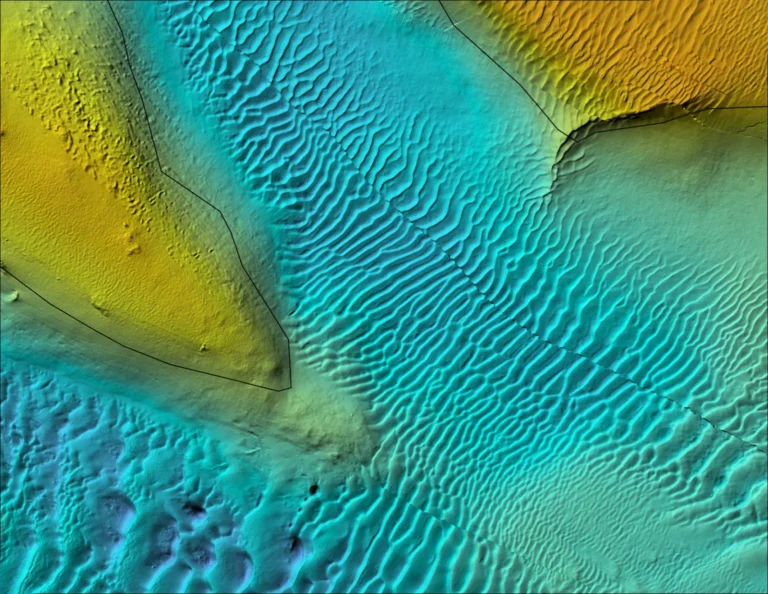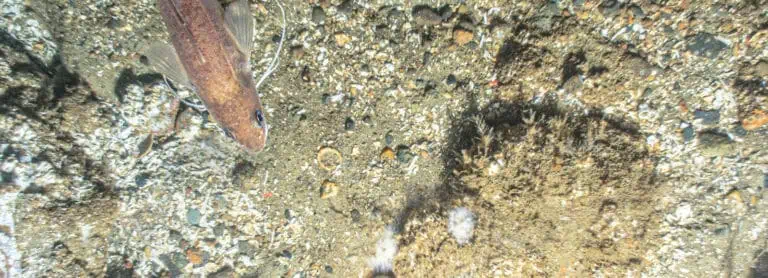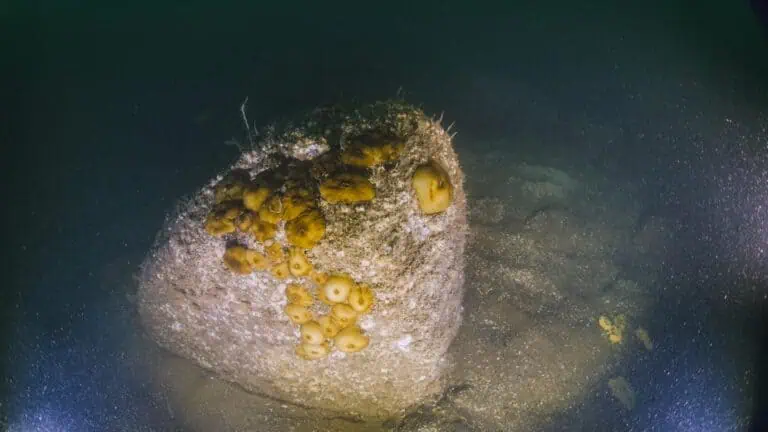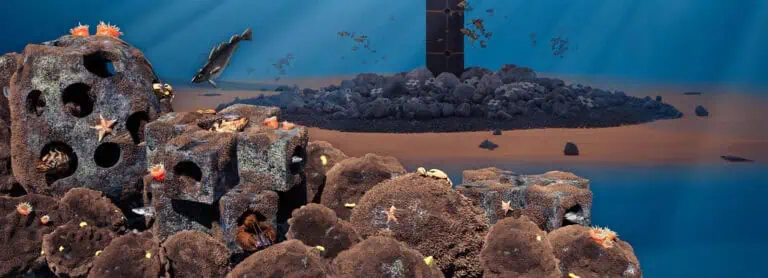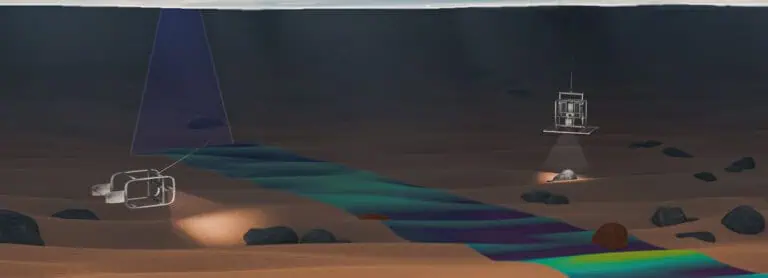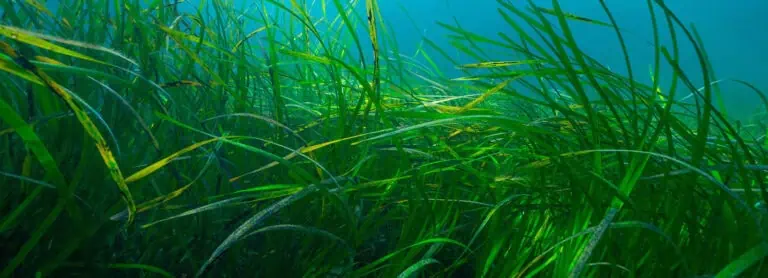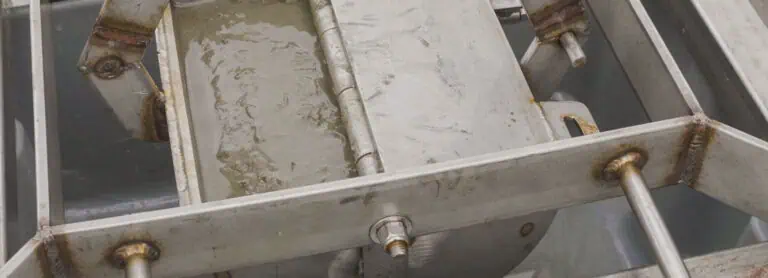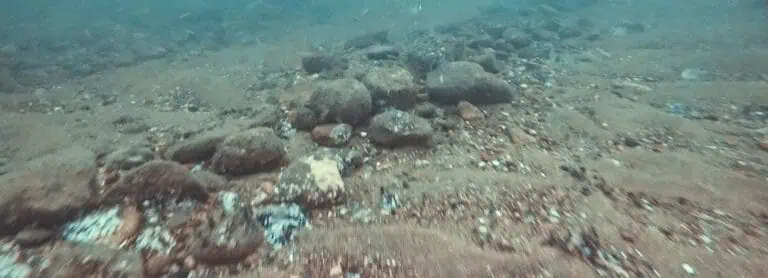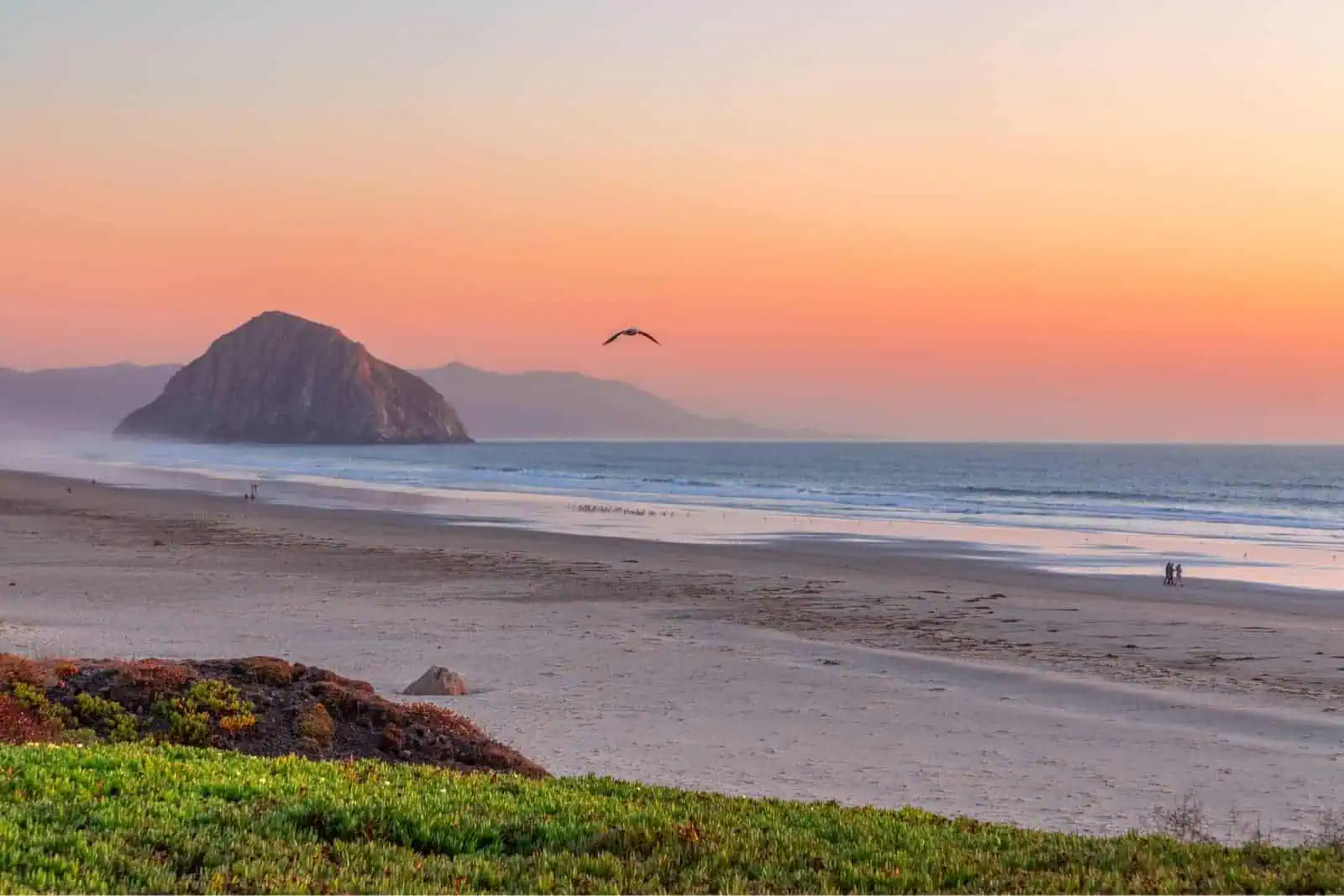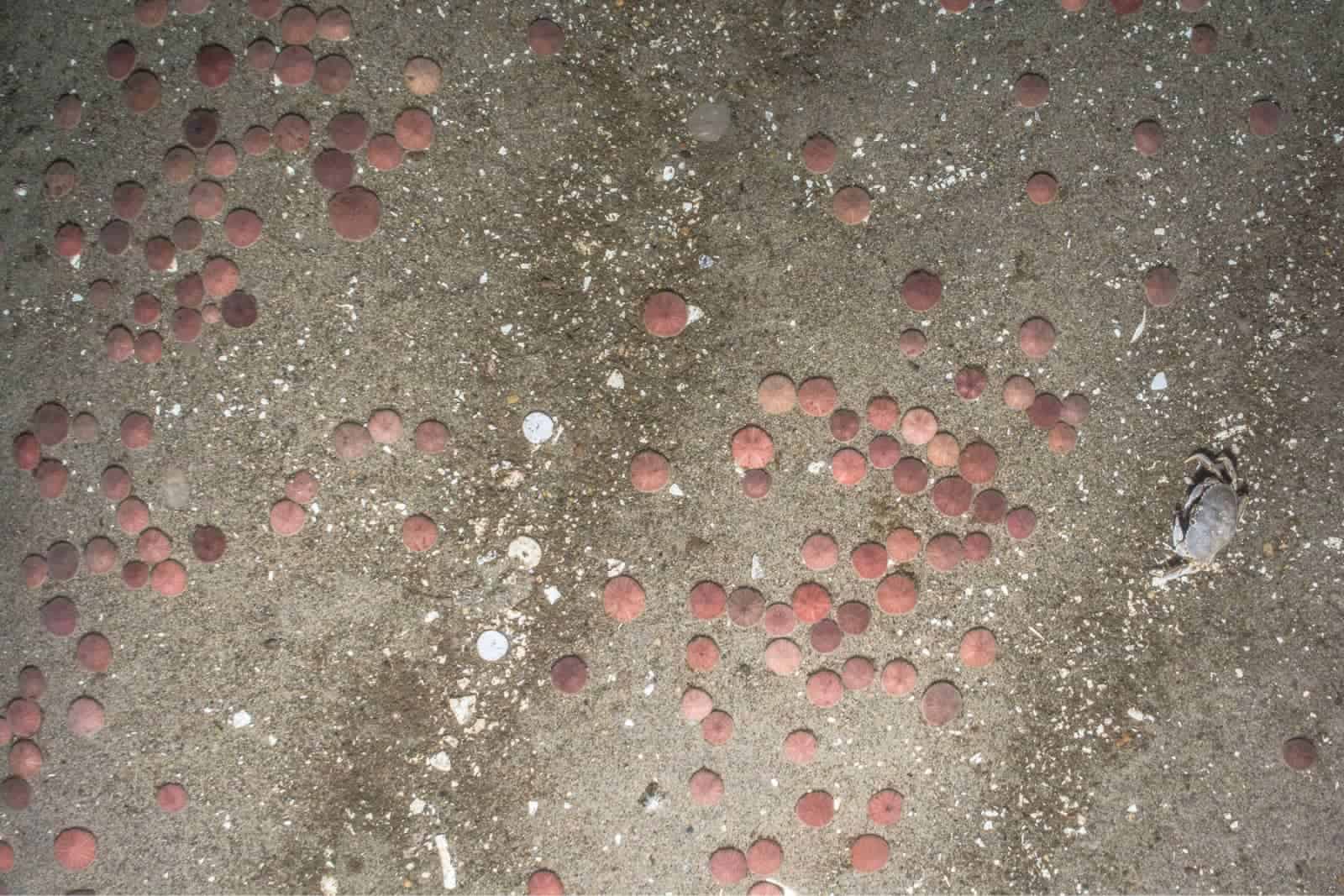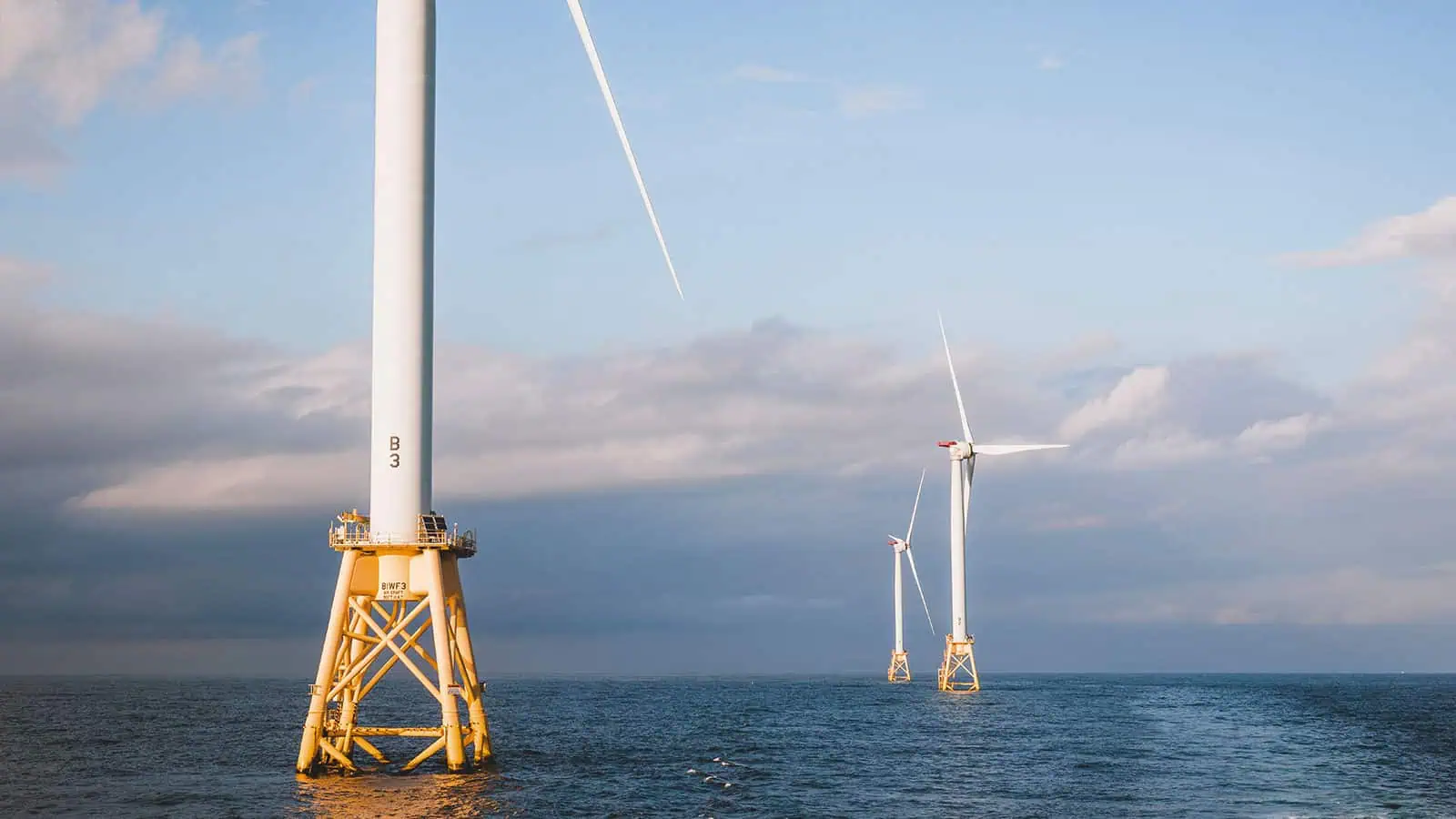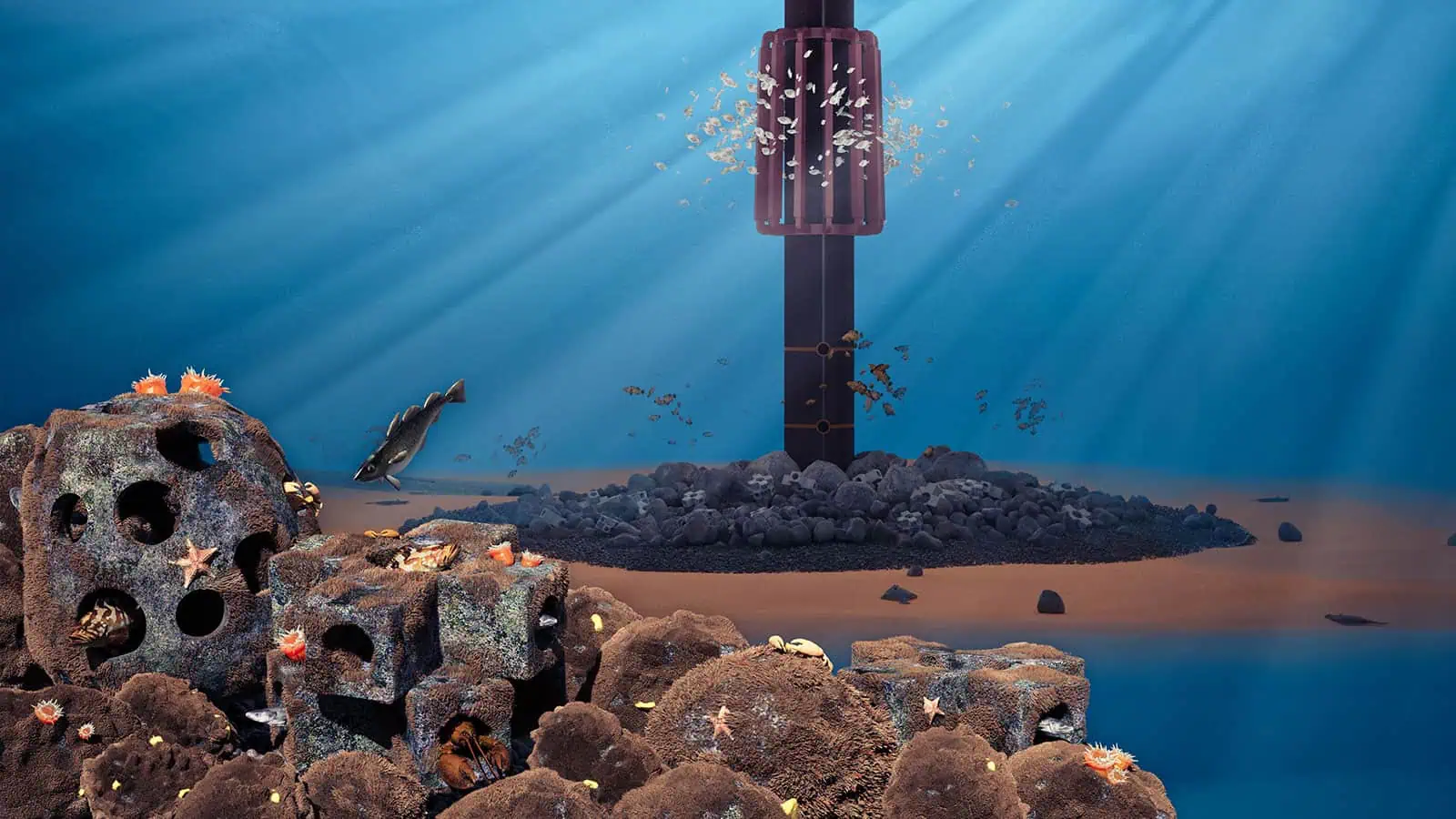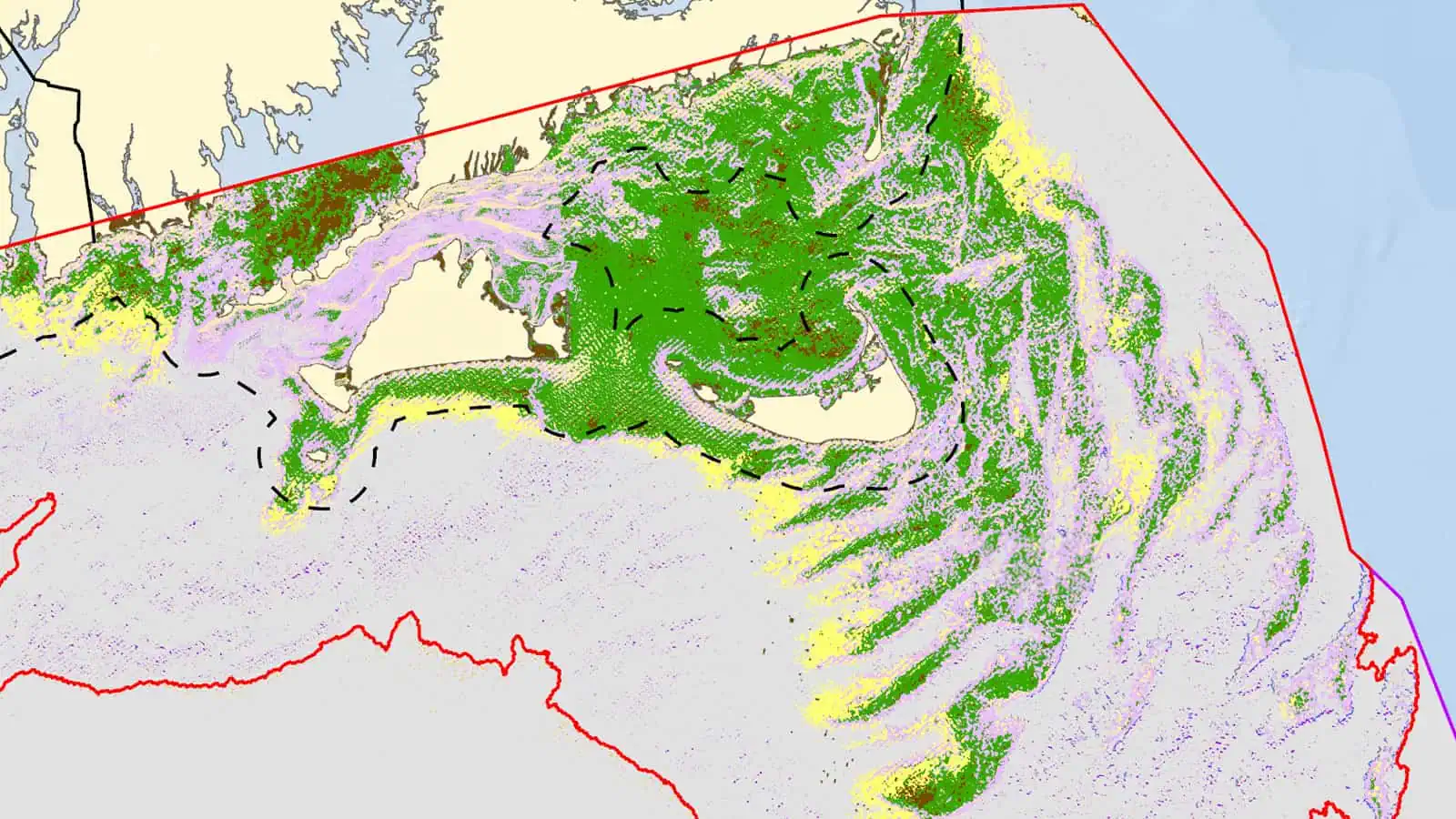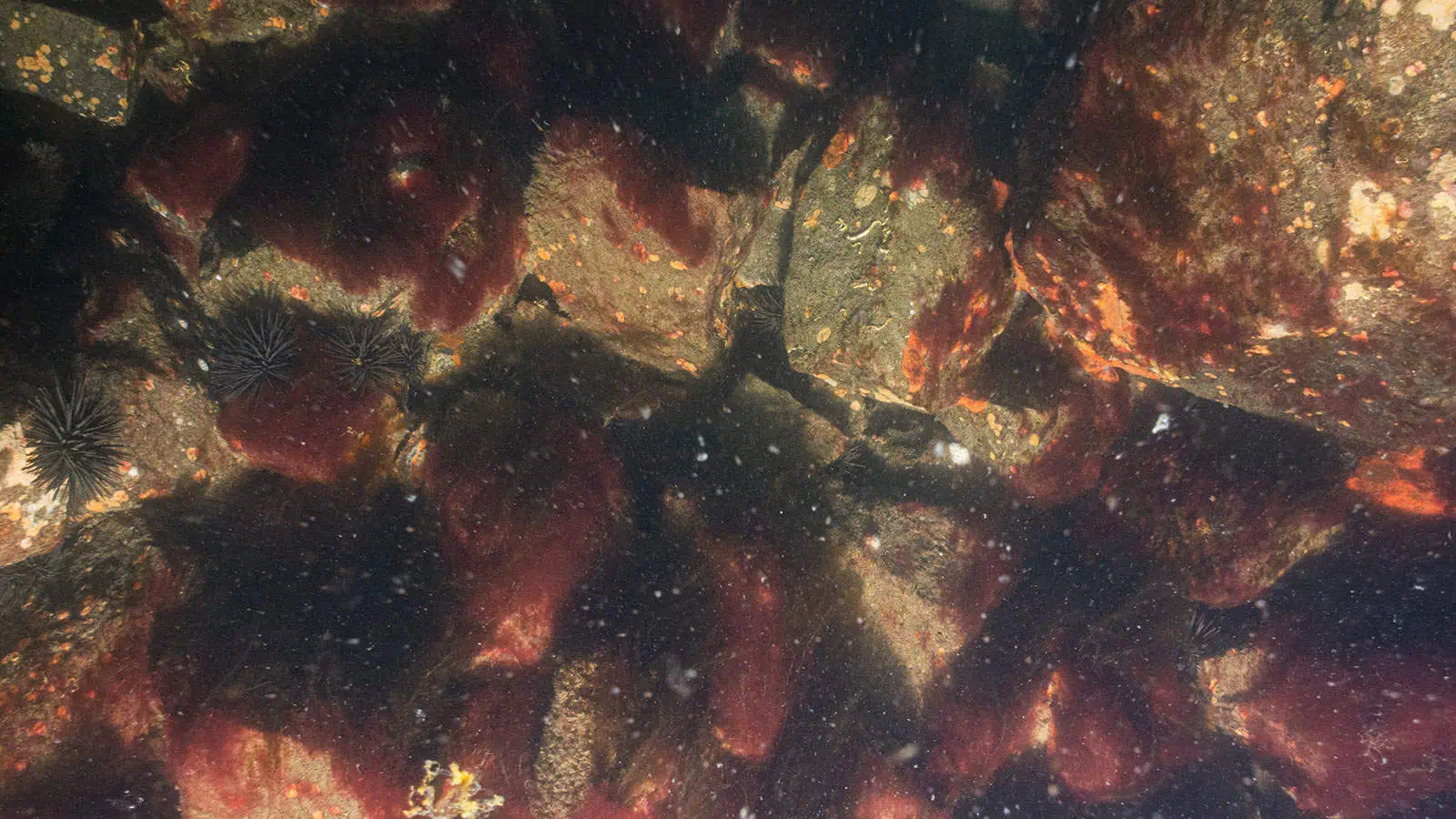
Permit Application to Evaluate CO2 Removal in the Deep Ocean via Terrestrial Biomass Sinking
INSPIRE worked with an applicant to develop a research permit application to the U.S. Environmental Protection Agency (USEPA) to evaluate Carbon Dioxide Removal (CDR) in the deep ocean via terrestrial biomass sinking. The applicant aims to leverage the availability of biomass and the carbon storage potential of the ocean to sequester carbon in the deep sea. The applicant’s proposed activities involved placement of material into the ocean for carbon sequestration. Following placement of the material on the deep seafloor, a monitoring regime was developed to understand the efficacy of sequestering carbon, and to document the environmental response due to placement activities.
Research Permit Application Requirements
The EPA Research Permit Application provided the following information:
- Description of Research Plan
- Characterization of material for ocean deposition
- Description of transportation and disposition of material
- Description of proposed dump site/release location(s)
- Statement of need and evaluation of short- and long-term alternatives
- Assessment of anticipated fate of material and environmental impacts
- Environmental monitoring plans
- Contingency plan
- A justification that the scientific merit of the proposed research activities outweighs any potential environmental or other damage that may result from the activities
Research Plan and Environmental Monitoring Plan
INSPIRE, with input from the applicant, prepared a research plan and environmental monitoring plan containing enough information to satisfy the USEPA regarding the applicant’s objectives with the research for the initial submission. INSPIRE helped to guide the proposed research activities based on experience conducting dredged material monitoring surveys off the U.S. west coast. Important aspects of the Research Permit included procedures, equipment, and quality controls for the research that will be elaborated upon in the SAP/QAPP normally requested by the USEPA for such projects. INSPIRE used their expertise and understanding of USEPA expectations to inform what content will and should be included in the draft Research Permit Application. The research for this permit consisted of a few different aspects including material testing, transportation of the material to the release site, and the benthic survey and monitoring once the material settled. INSPIRE primarily focused on the benthic survey aspect of the research and environmental monitoring plan and provided input on the other aspects of the research to ensure consistency in the entire research section.
Desktop Analysis
INSPIRE prepared a desktop review of the proposed research site in order to satisfy site information requested by the USEPA. INSPIRE utilized a data visualization tool to add layers to the site map such that the questions presented in the permit application Alternative Site 4 and Alternative Site 6 were addressed. The visualization was also used to discuss the site selection with the USEPA, so a decision around site selection could be resolved. Presently the project is in a holding pattern as the USEPA evaluates the permit application.

